Discover 12 fascinating flowers that look like vaginas. Learn about their unique appearances, habitats, and care tips from gardening expert Ashley Scott.
Have you ever strolled through a garden and noticed how some flowers look a bit like parts of the human body? It’s one of nature’s fun little surprises! Today, I’m thrilled to take you on a journey to explore 12 flowers that look like vaginas. These blooms are not just beautiful—they’re downright fascinating because of how much they resemble the female anatomy. I’ve been gardening for over 10 years, and I’ve seen my fair share of plants, but these ones always make me smile. Let’s dive into the world of these amazing flowers and see what makes them so special!
1. Orchis Italica (Naked Man Orchid)
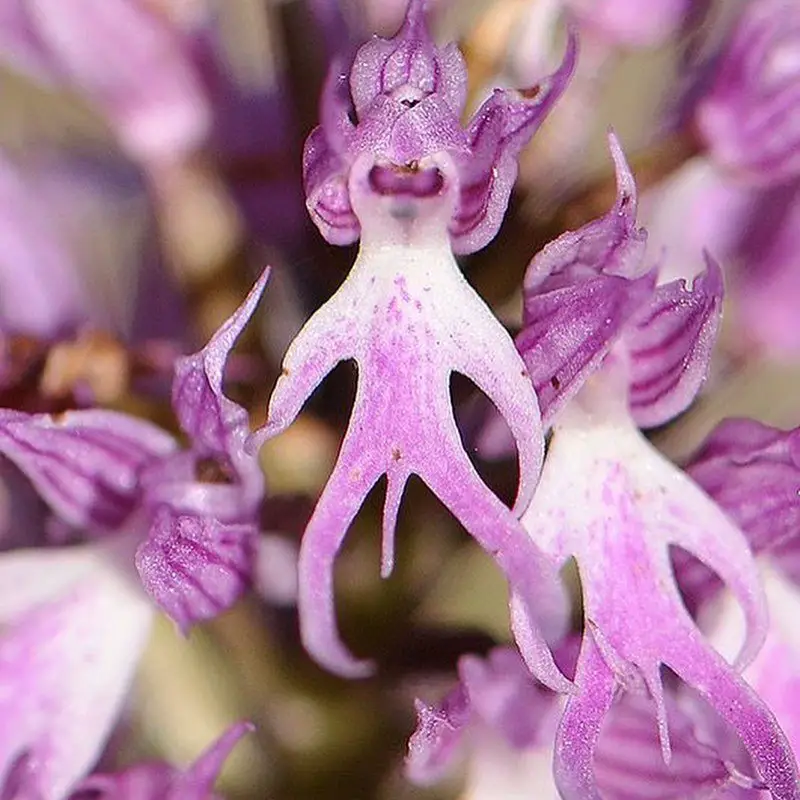
The Orchis Italica, also called the Naked Man Orchid, is a flower that grabs your attention right away. People usually notice its petals looking like a tiny naked man, but if you look closer, parts of it also remind me of a vagina flower. It’s native to the Mediterranean, where it loves sunny spots and soil that drains well. I once planted these in my garden, and they added such a playful vibe! Fun fact: They smell nice too, which brings bees and butterflies around. Want to grow orchids like this? Check out my orchid care tips.
Interesting Facts
- Habitat: This orchid is native to the Mediterranean region.
- Bloom Time: It typically blooms in spring.
- Conservation Status: It is not considered endangered but is protected in some areas.
2. Clitoria Ternatea (Butterfly Pea)
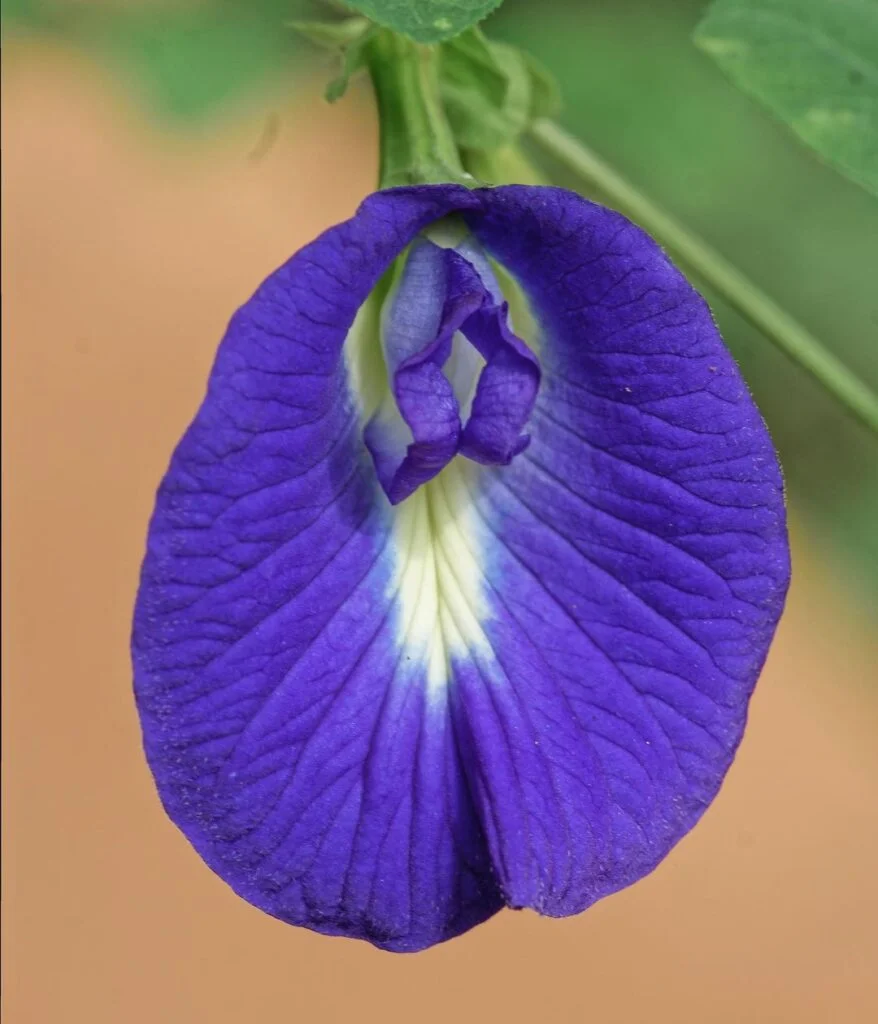
Next is the Clitoria Ternatea, or Butterfly Pea. Yes, the name might make you giggle—it sure did for me the first time I heard it! This flower’s bright blue shape looks a lot like a vagina shaped flower. It comes from Southeast Asia and grows as a vine. I saw it on a trip to Thailand, and I couldn’t stop staring at its bold color and unique form. Plus, you can make tea with it! For more cool plants, take a peek at plants that look like private parts.
Interesting Facts
- Habitat: Commonly found in Southeast Asia.
- Uses: Used in herbal medicine and as a natural food coloring.
- Bloom Time: Blooms throughout the year in tropical climates.
3. Dracula Simia (Monkey Orchid)
The Dracula Simia, or Monkey Orchid, is a flower that’s full of surprises. It’s famous for looking like a monkey’s face, but its petals also have a shape that can resemble a vagina flower. This one grows in the misty forests of Ecuador and Peru. The first time I saw a picture of it, I thought, “Wow, nature’s got a sense of humor!” It’s a perfect example of how wild and creative plants can be. Learn more about orchids at this orchid resource.
Interesting Facts
- Habitat: Native to the cloud forests of Ecuador and Peru.
- Bloom Time: Can bloom at any time of the year.
- Conservation Status: Some species are threatened due to habitat loss.
4. Iris Germanica (Bearded Iris)
The Iris Germanica, known as the Bearded Iris, is a garden favorite. Its petals curve in a way that can look like a flower that looks like a woman. You’ll find it in tons of colors—purple, yellow, you name it! I’ve grown these for years, and they always brighten up my yard. They’re easy to care for too, which is great if you’re new to gardening. Want more colorful ideas? See my post on colorful garden flowers.
Interesting Facts
- Habitat: Widely cultivated in gardens around the world.
- Uses: Popular in ornamental gardens and floral arrangements.
- Bloom Time: Spring to early summer.
5. Psychotria Elata (Hooker’s Lips)
Psychotria Elata, or Hooker’s Lips, is a flower you won’t forget. Its red bracts look like lips, but before they open, they’re shaped like a yoni flower. This tropical beauty grows in Central and South America’s rainforests. It’s sad to hear it’s threatened by deforestation, so I feel lucky every time I see one in pictures. Nature’s so clever with shapes like this! Curious about tropical plants? Check out this tropical plant guide.
Interesting Facts
- Habitat: Found in tropical rainforests of Central and South America.
- Conservation Status: Considered threatened due to deforestation.
- Bloom Time: Flowers appear mostly during the dry season.
6. Aristolochia Salvadorensis
The Aristolochia Salvadorensis isn’t as famous, but it’s a stunner. Its tube-like shape and patterns remind me of a vagina shaped flower. It’s from Central America and loves warm, humid places. When I first spotted this one online, I thought it looked like a piece of art. It’s one of those plants that makes you stop and stare. For more unique plant shapes, visit this unusual plants page.
Interesting Facts
- Habitat: Native to Central America.
- Uses: Known for its medicinal properties.
- Bloom Time: Typically blooms in spring.
7. Phalaenopsis Orchid
The Phalaenopsis Orchid, or Moth Orchid, is a houseplant I adore. Some of its blooms have a shape that could pass for a vagina flower. It’s from Southeast Asia and super easy to grow indoors. I’ve kept one on my windowsill for ages, and its delicate flowers always cheer me up. If you’re into houseplants, take a look at my houseplant care guide.
Interesting Facts
- Habitat: Commonly found in Southeast Asia and Australia.
- Uses: Popular in the floral industry for bouquets and decorations.
- Bloom Time: Can bloom multiple times a year with proper care.
8. Orchis Purpurea (Lady Orchid)
The Orchis Purpurea, or Lady Orchid, is another beauty. Its flowers have a lip and petals that can look like a vagina shaped flower. It grows in Europe and the Mediterranean, showing off purple and white blooms. I saw a bunch of these on a hike in Italy once, and they were breathtaking. Want to know more about orchids? Read up at this orchid info site.
Interesting Facts
- Habitat: Found in Europe and the Mediterranean.
- Bloom Time: Spring to early summer.
- Conservation Status: Not endangered, but populations are declining in some areas.
9. Anguloa Uniflora (Tulip Orchid)
The Anguloa Uniflora, or Tulip Orchid, is so charming. Its cup-like petals can resemble a yoni flower, and it comes from South America. It likes cool, damp spots, which makes it a bit tricky to grow, but so worth it. I love how it looks like a little tulip with a twist. For orchid-growing tips, see this orchid care site.
Interesting Facts
- Habitat: Native to South America.
- Uses: Valued for its ornamental appeal.
- Bloom Time: Blooms in summer.
10. Calceolaria Uniflora (Darwin’s Slipper)
Calceolaria Uniflora, or Darwin’s Slipper, is a tiny flower with a big story. Its pouch shape can look like a vagina flower, and it’s from South America. Charles Darwin found it on his famous trip, which makes it extra cool to me. I love imagining him spotting it for the first time! For more on historic plants, check out this explorer plant guide.
Interesting Facts
- Habitat: Native to southern South America.
- Bloom Time: Summer months.
- Conservation Status: Not endangered, but habitat is limited.
11. Catasetum Orchid
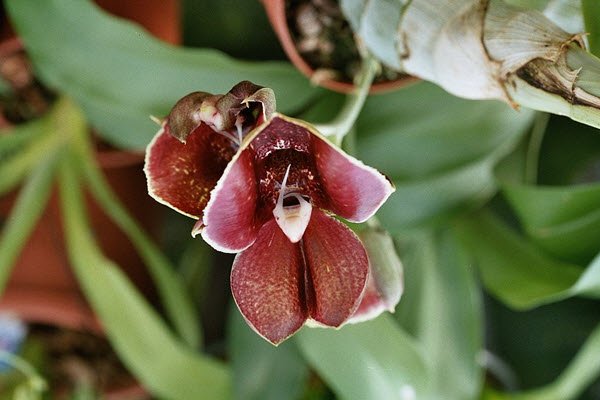
The Catasetum Orchid is wild! Its blooms can differ a lot, but some have a shape like a vagina shaped flower. It’s from Central and South America and even “shoots” pollen at bugs—how neat is that? I read about that trick and couldn’t believe it. Nature’s full of surprises! Learn more about orchid pollination at this pollination page.
Interesting Facts
- Habitat: Found in tropical regions of South America.
- Uses: Popular among orchid enthusiasts.
- Bloom Time: Blooms several times a year with proper care.
12. Dendrobium Spectabile
Finally, the Dendrobium Spectabile is an orchid that wows. Its fancy flowers can look like a vagina flower with their central column and petals. It’s from Southeast Asia and brings an exotic feel to any garden. I’d love to add this to my collection someday—it’s so striking! For more exotic plants, see my exotic orchids post.
Interesting Facts
- Habitat: Native to New Guinea.
- Uses: Grown for ornamental purposes.
- Bloom Time: Blooms multiple times a year.
Wow, nature really knows how to keep things interesting! These 12 flowers that look like vaginas show just how creative and diverse plants can be. Whether you’re a gardening pro or just love looking at pretty flowers, these blooms are a fun way to connect with nature. I’ve loved sharing my experiences with you, and I hope you’re inspired to dig into gardening too. Every plant has a story—why not start exploring them today?

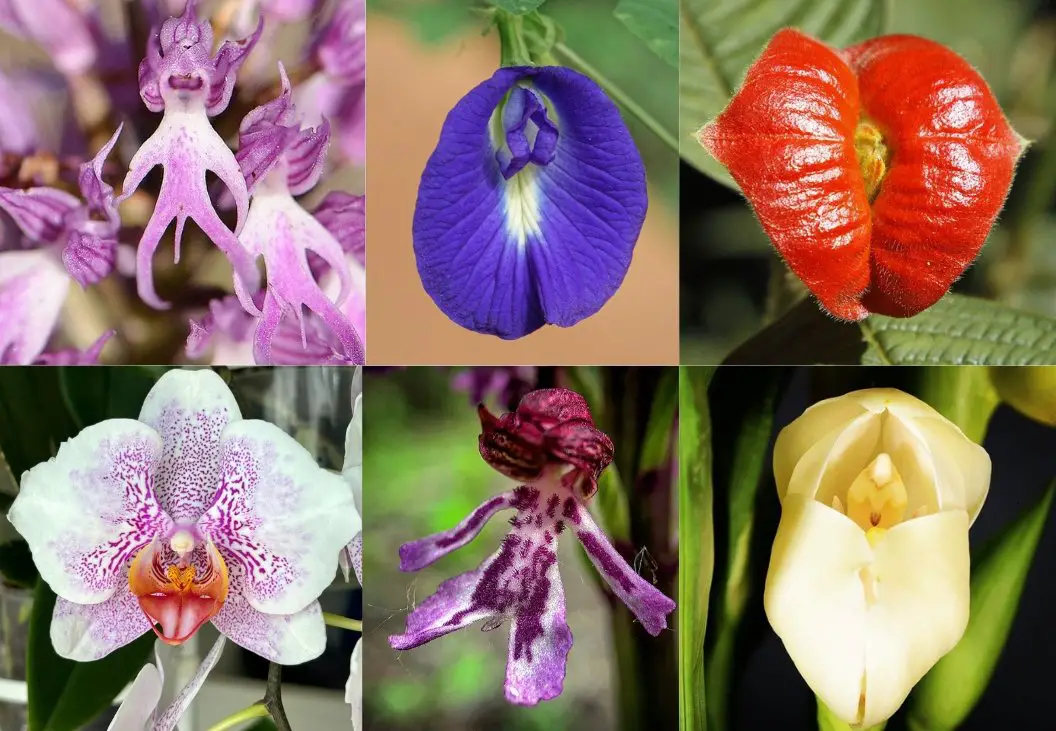
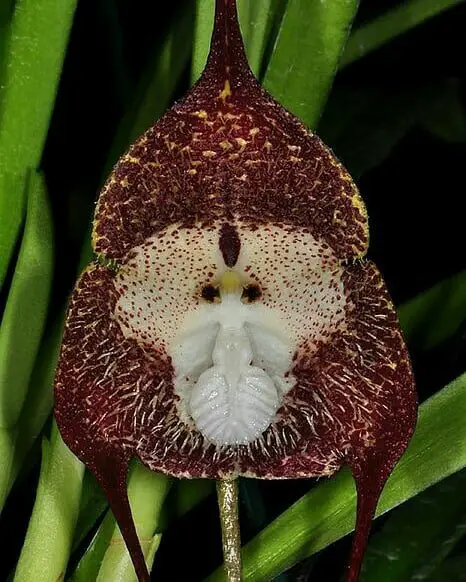
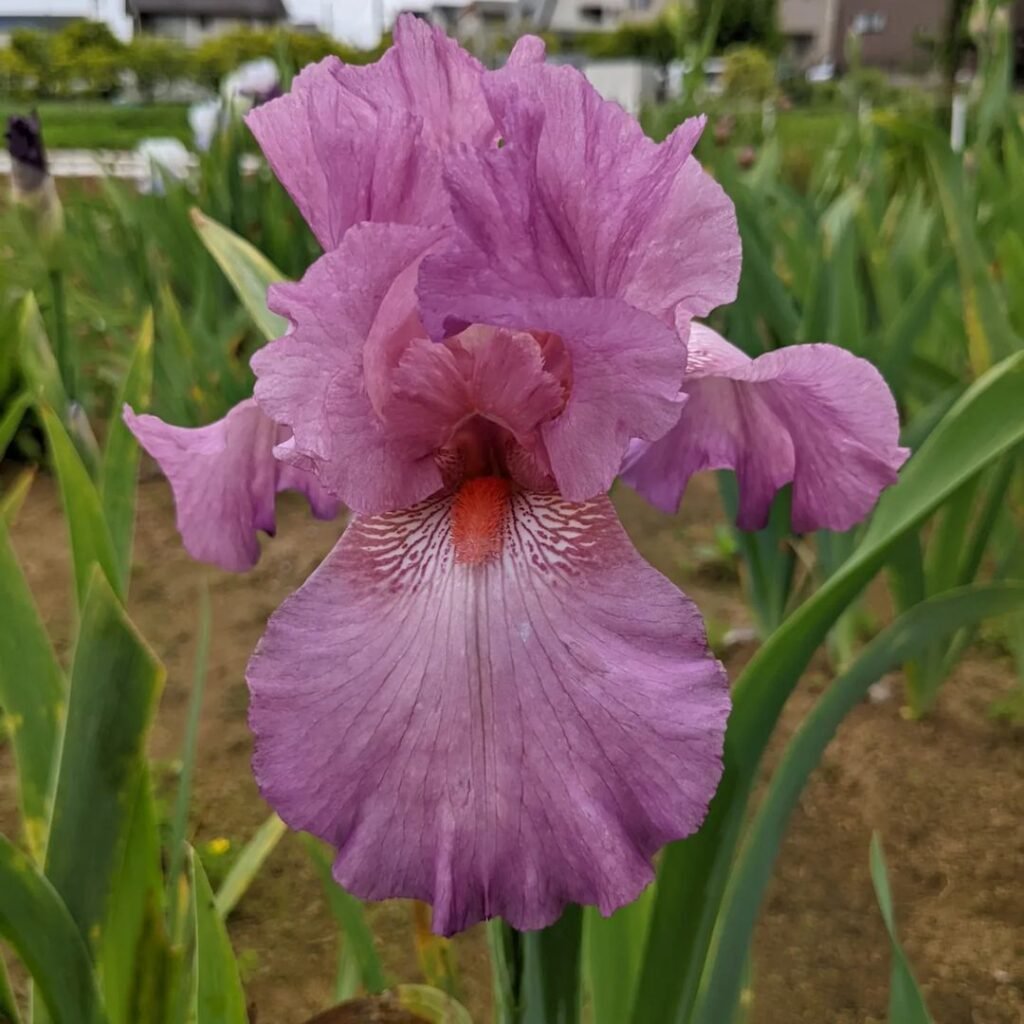
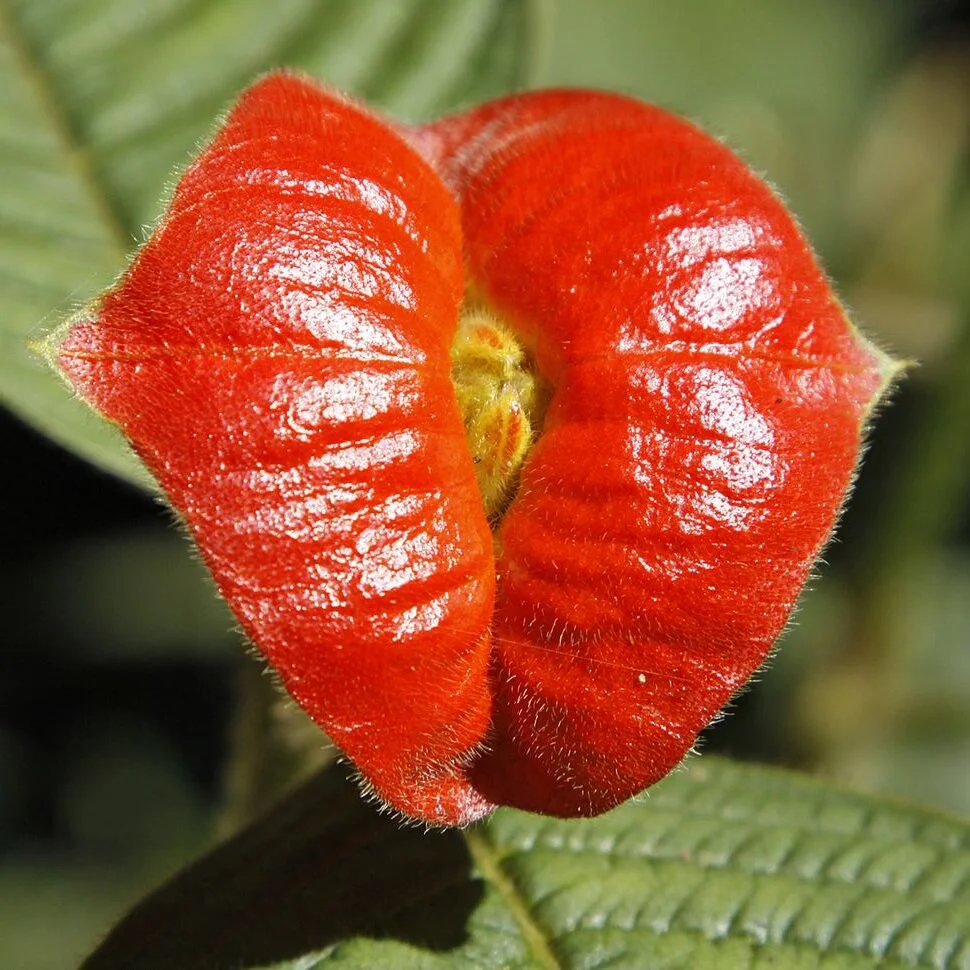
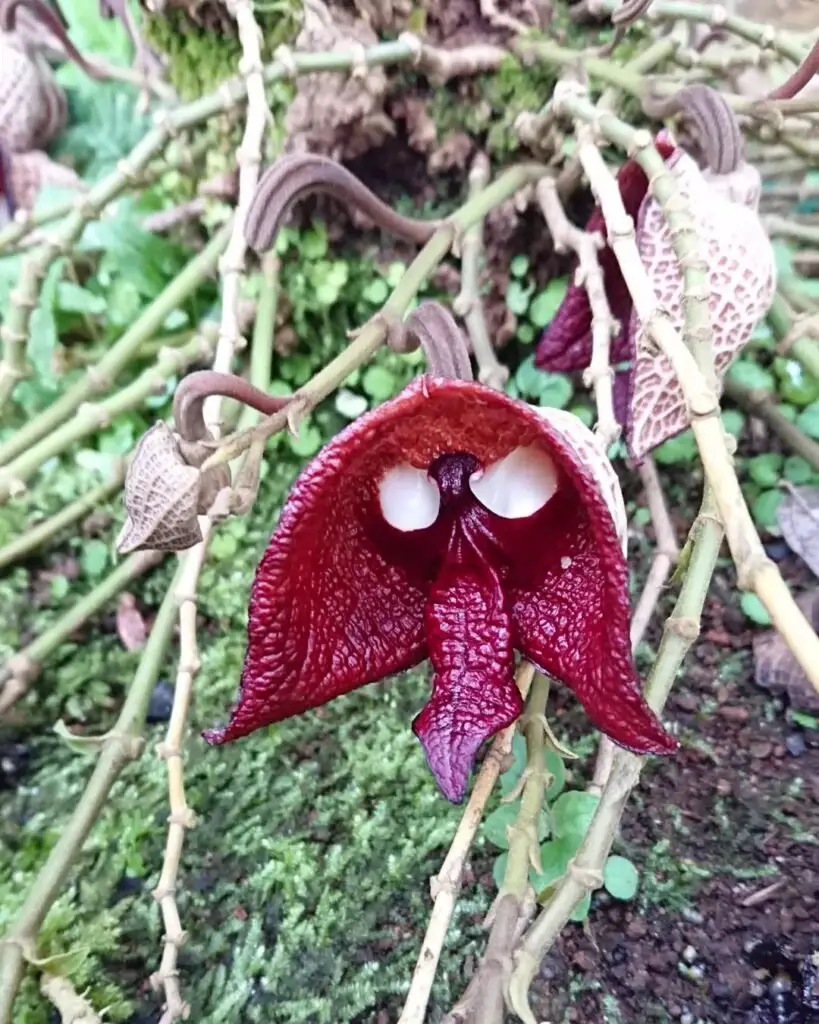
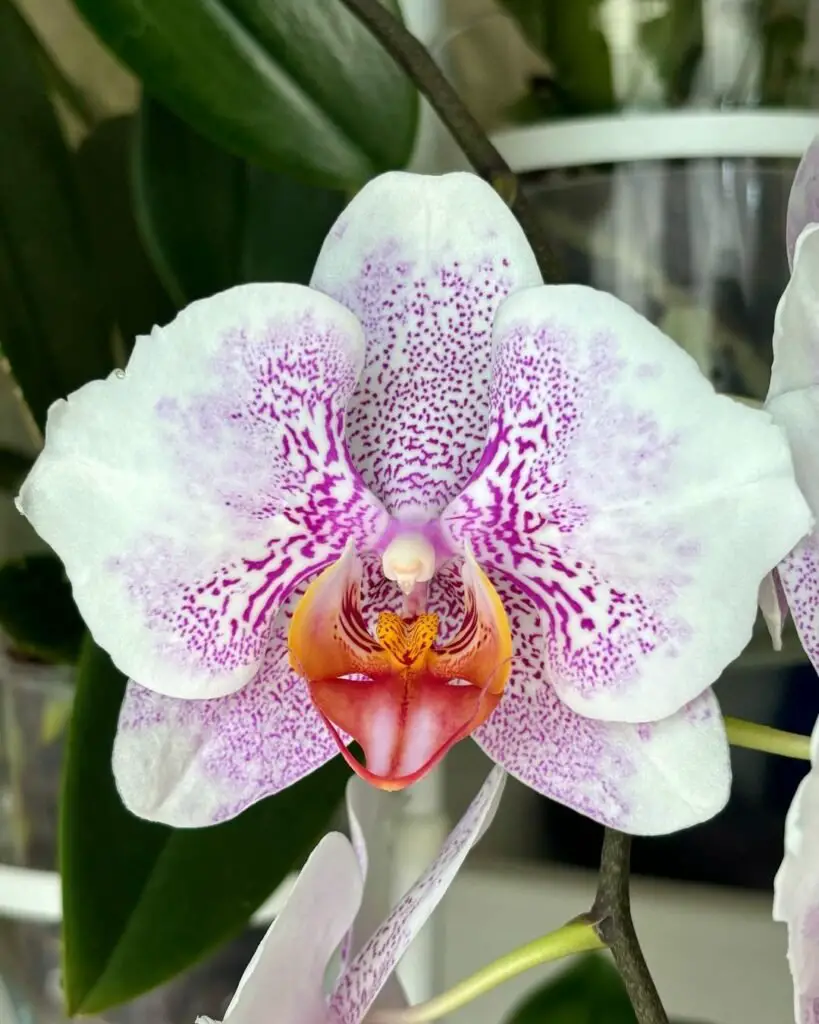
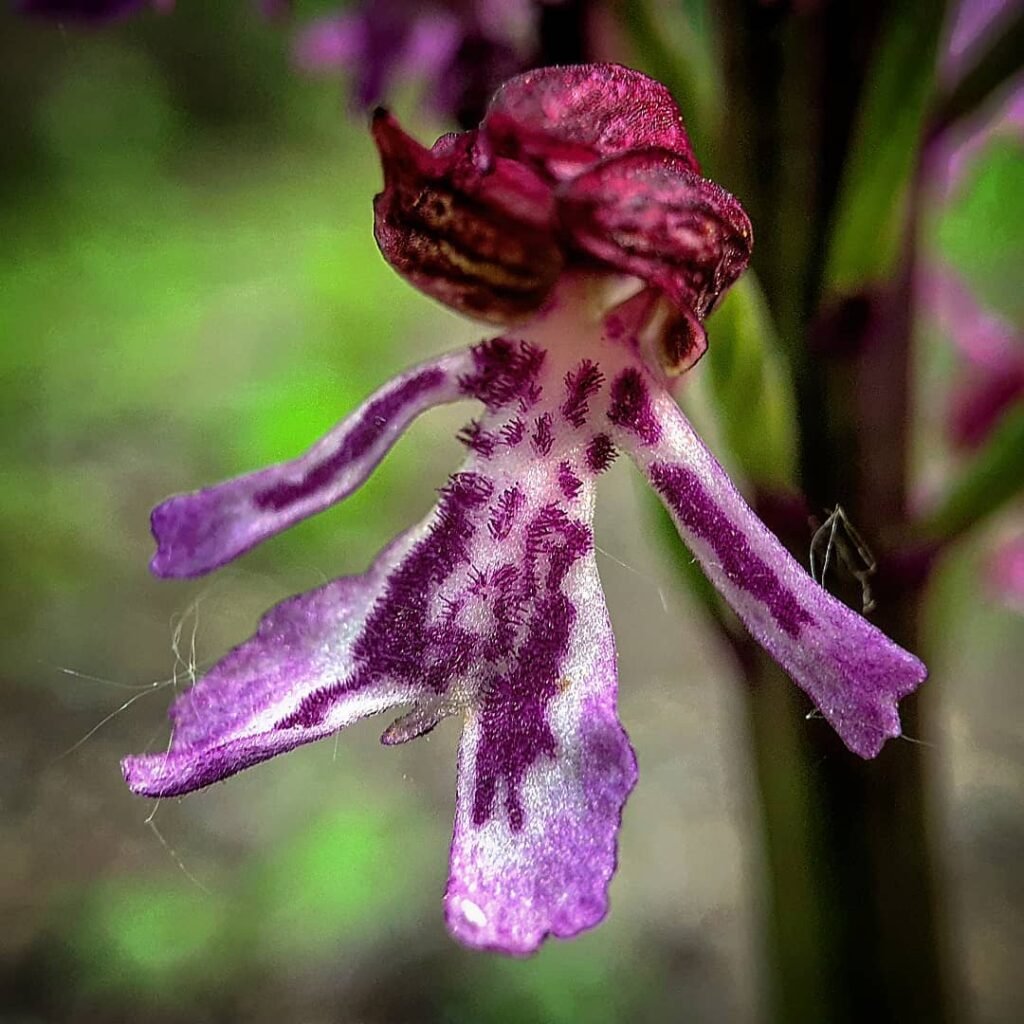
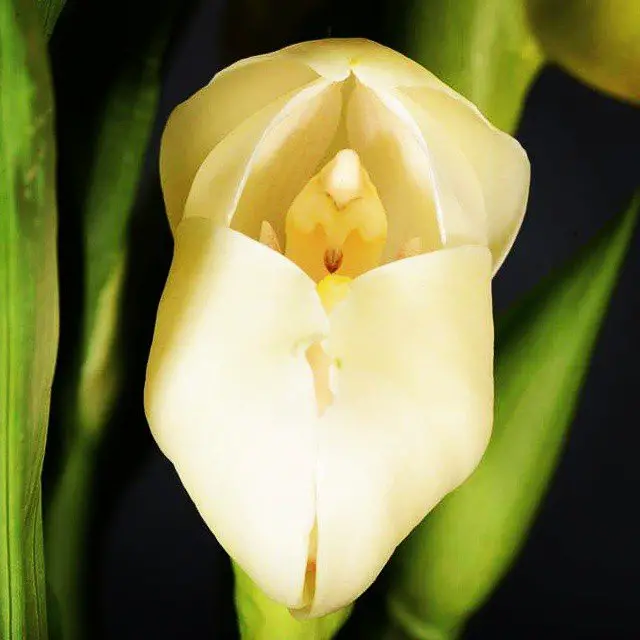
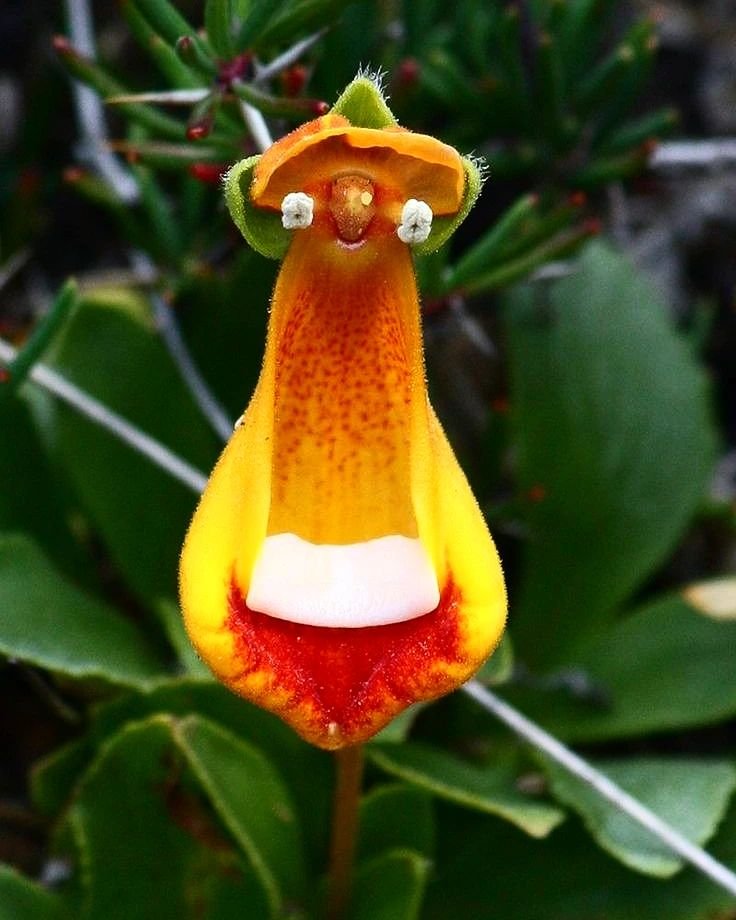
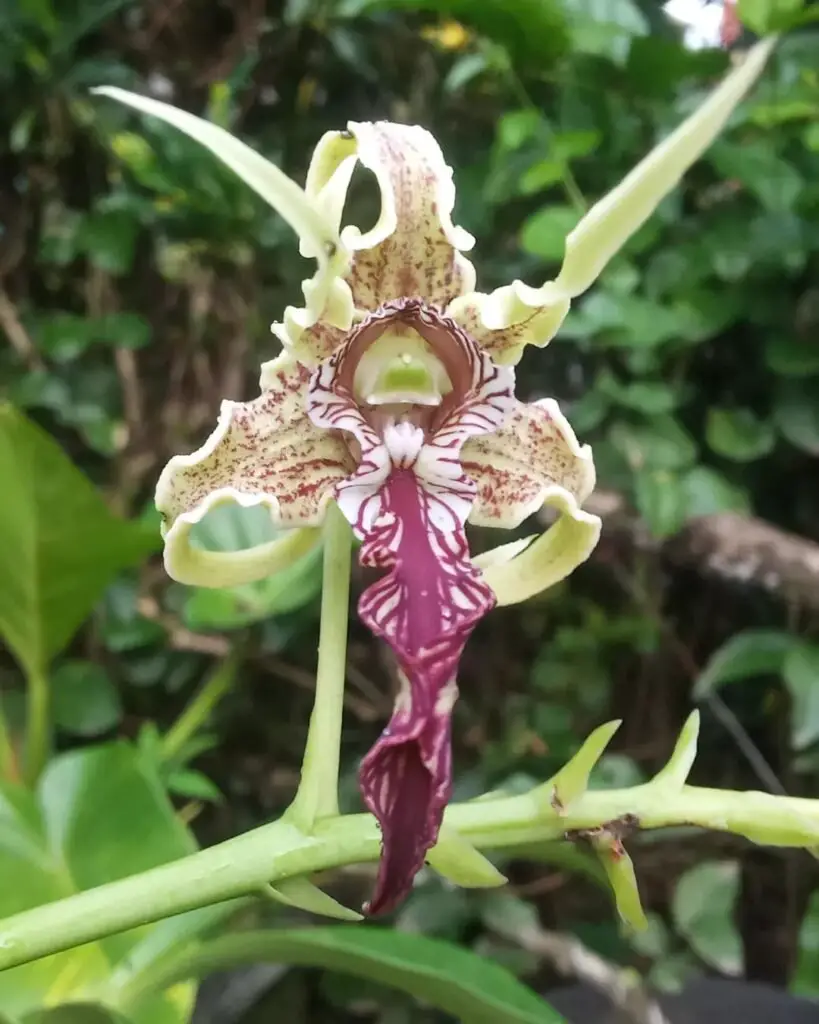
Have you ever come across a flower in nature that resembles the female anatomy? What are some examples of these unique and captivating blossoms, and what are the reactions they typically elicit from those who come across them?